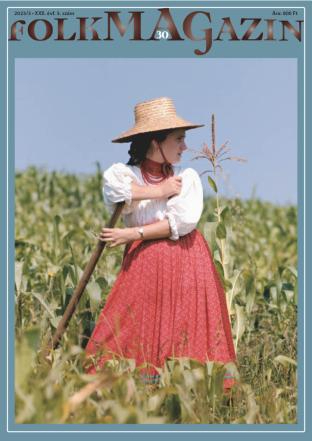Articles by Initial Letters
Kis ostyatörténet (I. rész)
Az oltáriszentségtől a molnárkalácsig
- Issue: 2023/3
- Starting page: 42
- Serie: Ételek – Hagyományok
- Author: Juhász Katalin
- =>
Hungarian food and tradition – A short history of the wafer from the communion wafer through a thin waffle-like unleaved biscuit snack known as ’Molnárkalács’. The Hungarian village of Borsodnádas is known for making this wafer-thin cracker-like snack food. This writing traces the roots of this tradition going back to the ancient greeks and eucharist wafers used in religious ceremony. Making of wafers for religious use was done in cloisters. In Hungary the church cantor or wife of the deacon made them. Since the end of the 20th century it has been the task of the bishopric. Old secular wafer recipes have been found in France from the 1300s and in Holland from the 1500s where they are referred to as ’wafel’. Wafers gained popularity in France in the 1700s as ingredients changed with secular use. In Hungary the oldest iron wafer cooking forms are from the 16th century. Hungarian cookbooks from the 18th and 19th centuries include recipes for wafer making. By ethnographer Juhász Katalin.





